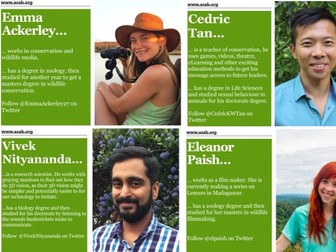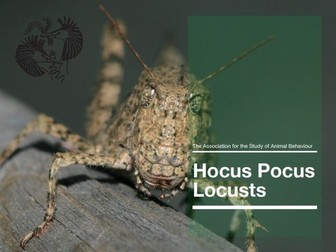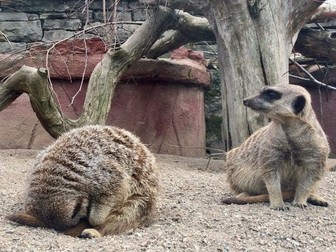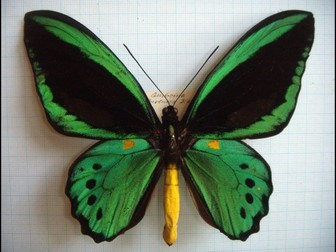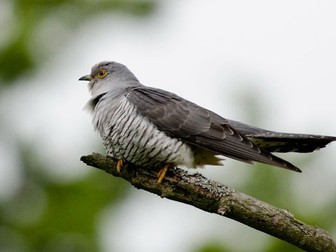Animal Behaviour: How to avoid being eaten!
Peppered moth caterpillars avoid detection by adopting a twig-like posture, remaining motionless during daylight.
Here are photographs showing larvae resting on hawthorn twigs. Students record the angle of rest and then determine if the angles of rest are similar.
This investigation and exercises deal with stimulus and response, innate and learned behaviour and their influences on survival, natural selection, anti-predator strategies. The exercises also prove useful in teaching research techniques e.g. Hypothesis testing, use of statistical tests, data representation and analysis.
